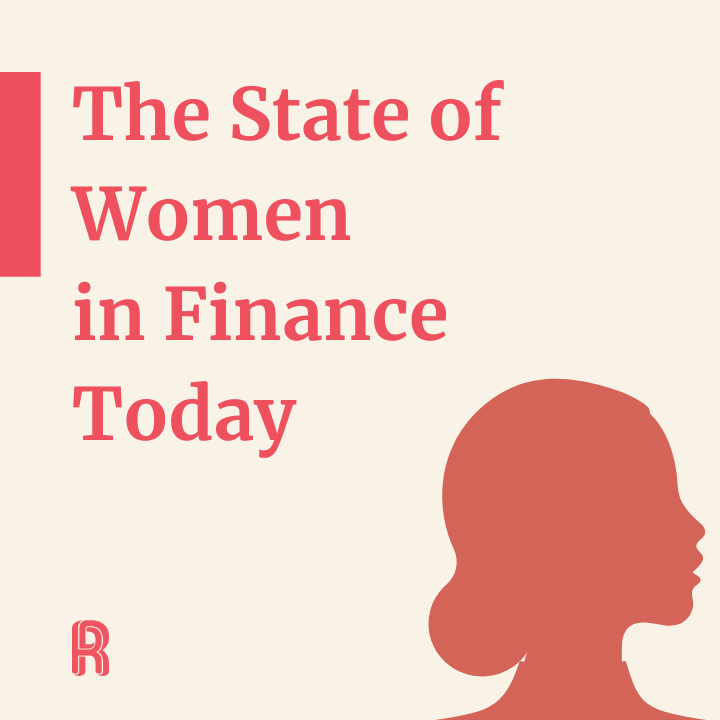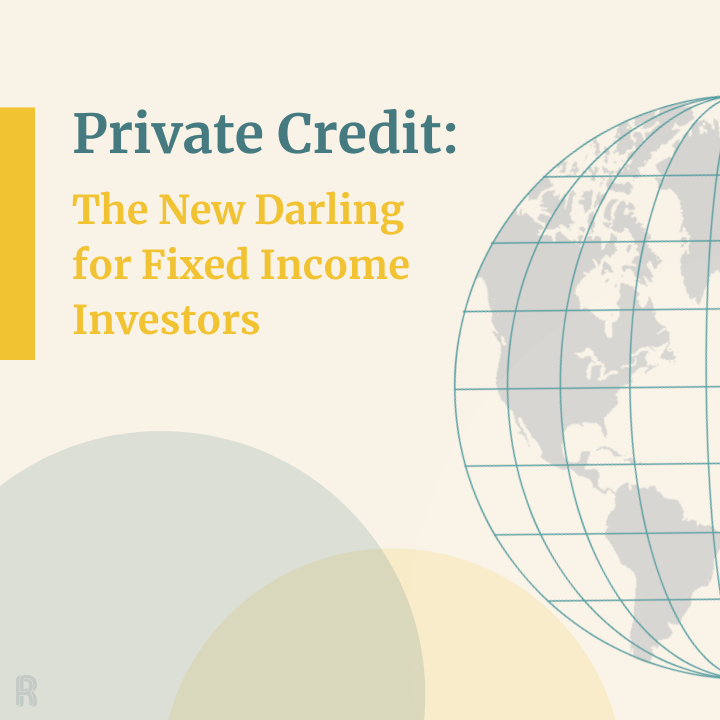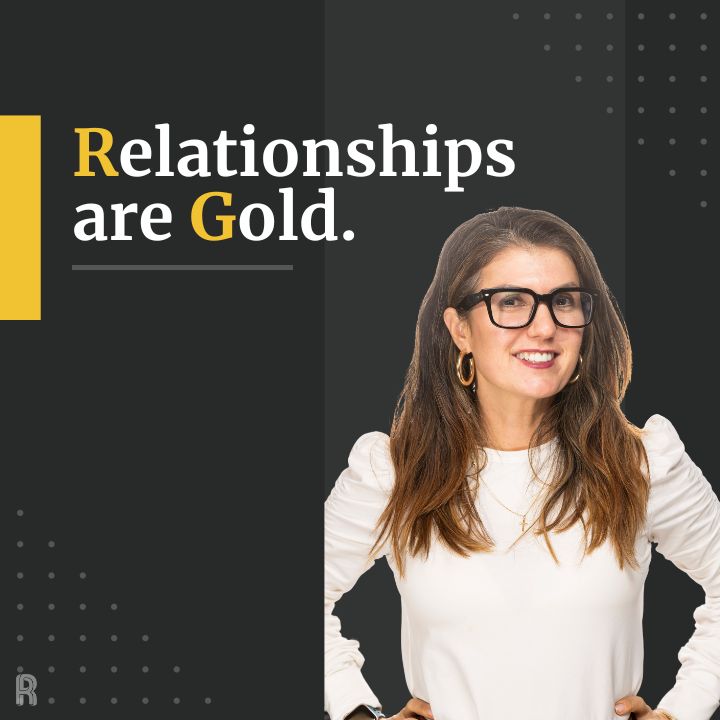Simone Biles dropping out of the women’s team final at the Tokyo Olympics was almost as jaw-dropping as her triple somersault handspring.
It was the right move: mental health, especially for elite athletes under the pressure of the world, is paramount. But tied up in her decision to withdraw is her financial relationship with the brands that rely on her TV presence. This very personal decision could have impacted many revenue forecasts.
But Biles’ bravery, as it should, resonated with audiences around the world. Her character proved more valuable than her performance. In today’s landscape, the personal brand associated with a sponsorship carries more weight than it ever has.
Athletes are coveted brand ambassadors: In April, fintech platform and RG client iCapital signed pro golfer Lee Westwood for a three-year partnership. Goldman Sachs sponsors PGA Tour pro Patrick Cantlay, and Morgan Stanley is represented by Justin Rose and Cheyenne Woods.
We asked Mike Ryan, Senior Vice President at Outlyr Marketing, and Diane Frankenfield, SVP of marketing at iCapital Network, about the many upsides of these relationships.
Ricciardi Group: What’s the marketing connection between B2B financial services and professional sports?
Diane Frankenfield: When it came to our partnership with Lee Westwood, we recognized that this was a professional with deep integrity who mirrored the values of our company. So much of what pro athletes like Lee stand for — perseverance, commitment to being a stand-up member of a team and playing for the long-term — are exactly what the B2B relationship is all about.
We also love that the partnership is unexpected. As we continue to innovate in this financial services space, we want to innovate in our relationships, too.
Mike Ryan: Financial services has always been a heavy relationship-driven business. There is a value to making business and personal connections with existing clients and certainly prospects in the drive to move the business forward. Anything that can add value to those interactions is something that decision makers at those businesses will at a minimum assess and as we are seeing with iCapital, engage in a partnership that they can bring into their B2B environment.
The right athlete used with the right audience usually assists in turning a prospect into a client, and a client into a long-term one.
RG: Why sports, and why now, especially for B2B, which seems less obvious than B2C?
MR: Sports has always been a connector for people in their personal and business relationships. Water cooler conversations (pre-COVID, of course) have always contained some element of “did you see that game this weekend?”
To be able to take assets that exist in the sports world, whether it be tickets to events or a set amount of time with a professional athlete, and be able to add that into the business relationship model is a valuable asset—when used correctly. These types of relationships may be more obvious to a B2C company, as they contain an investment that includes rights that fit into a more traditional “above the line” use via marketing.
They have always contained access to the athlete’s time as well. A brand engaging solely for their strategic goals as a B2C driven business would take that time and use it for something like content capture. However, that time can easily be used in a B2B environment, whether that’s a trade show or something as high-touch as a private dinner where the athlete is in attendance. The right athlete used with the right audience usually assists in turning a prospect into a client and a client into a long-term one.
RG: Has the pandemic informed these kinds of creative decisions?
MR: I think the pandemic has forced everyone to look at their business with a different lens. Specific to this conversation, businesses that have been grounded as far as face-to-face interactions with key constituents are preparing for the inevitable return to “normal” life. There is a ton of pent-up demand for everything we have gone without since March of 2020.
RG: What’s next on the horizon, do you think, for unique partnerships?
MR: I think we are seeing it and it’s tied to the digital and social assets of partnerships such as these. In the last decade, we’ve seen brand and sports relationships at first “take advantage” of a league, team or athlete’s social media presence and impact. That has moved to now being one of the first considerations in assessing the partnership.
NBA players have put themselves into the center of sports and cultural conversations via their embrace of social media relative to athletes in other sports. In the golf world, a player like Ian Poulter who was the first PGA TOUR player to truly engage with fans via Twitter (back in ’09, ’10) was at first getting friendly ribbing from his fellow players. A decade later, every player documents their life like Ian via social media and as brands look to ambassadors, we have seen players be taken off a list of consideration due to their lack of clout on social media.
I think what’s coming will be a consumer not being able to tell much of a difference between a traditional :30 ad unit from a brand and an ambassador of said brand on their own channel. The conversation will shift to where the consumer is — it always has and always will.









